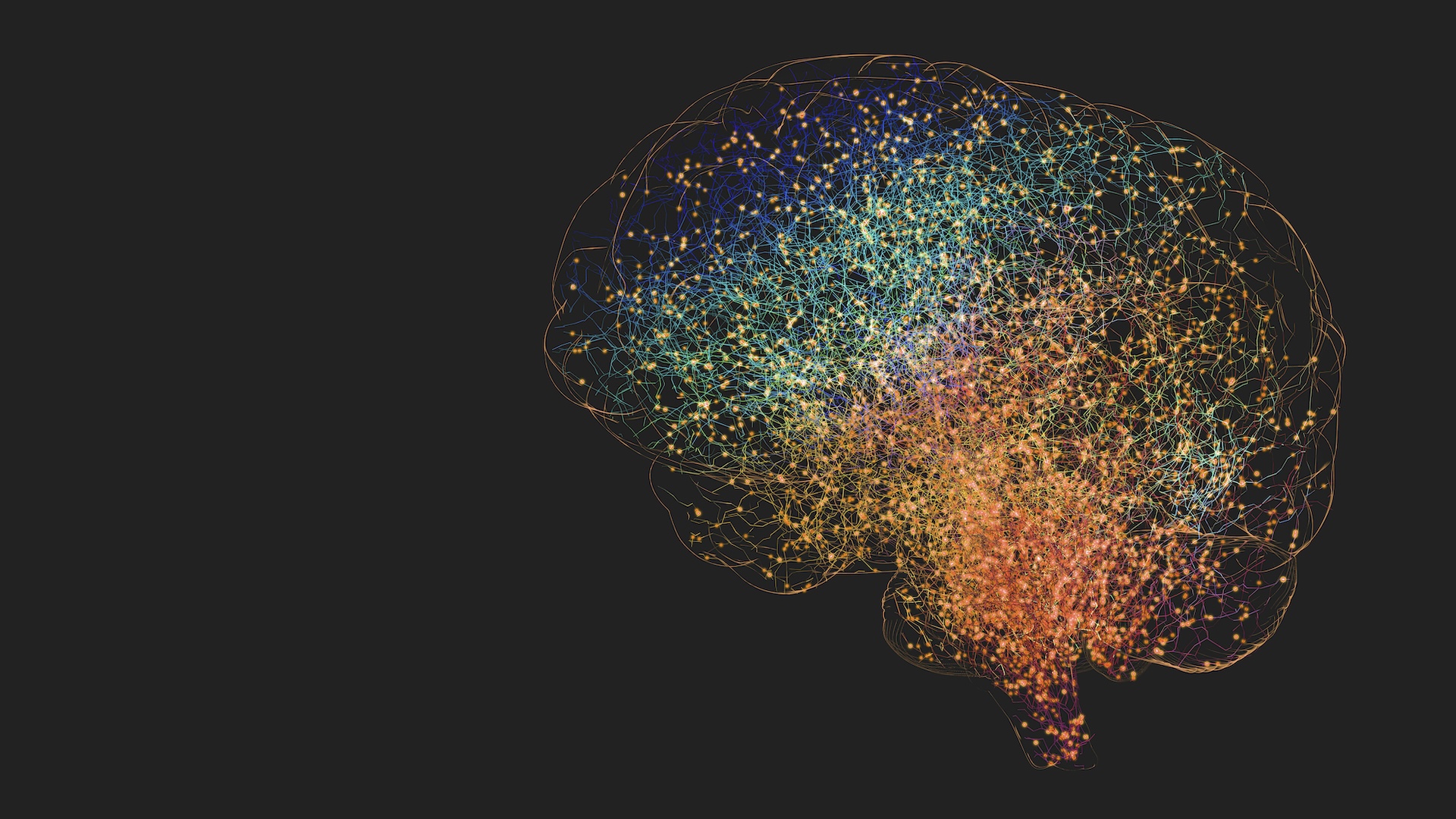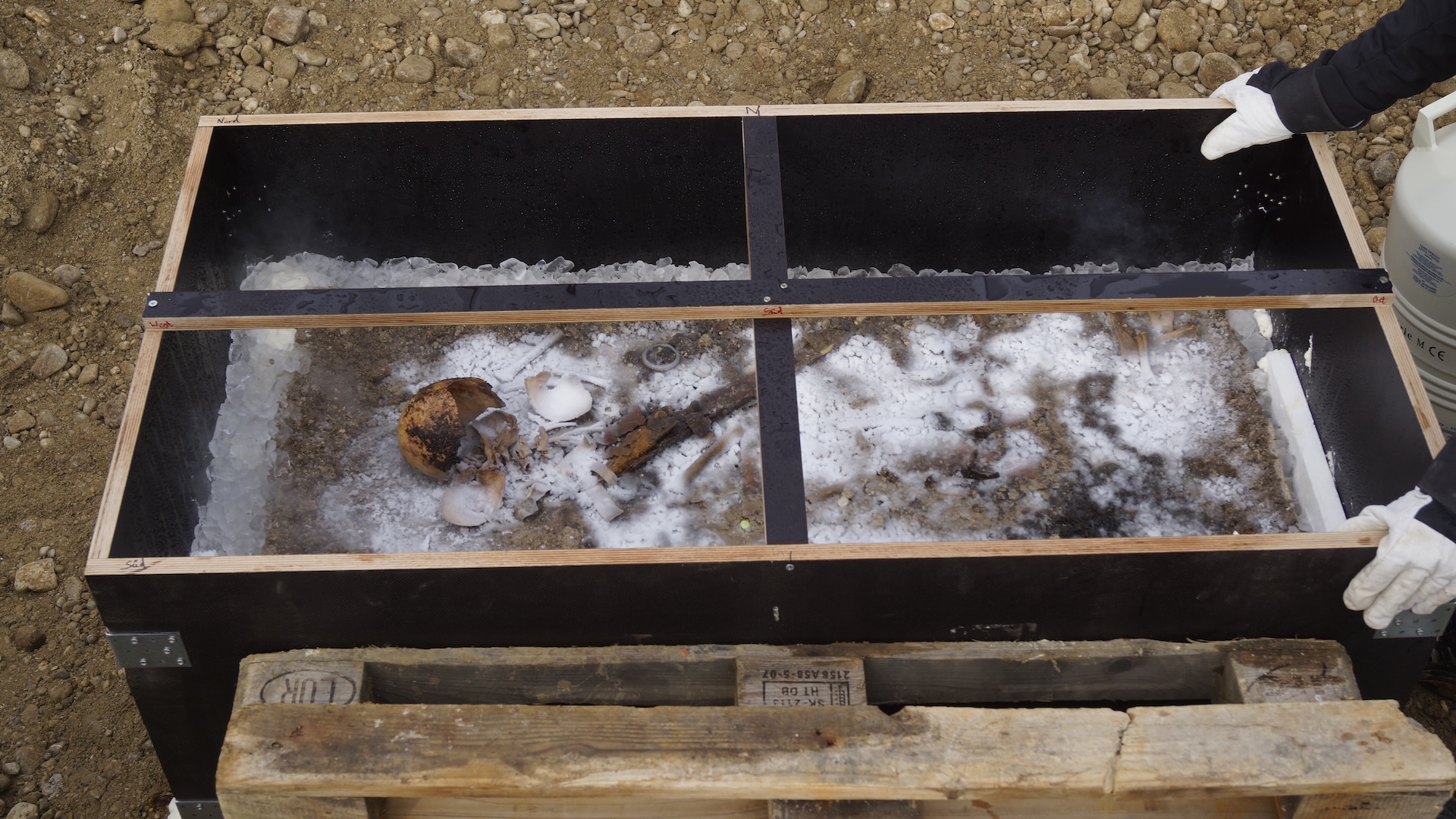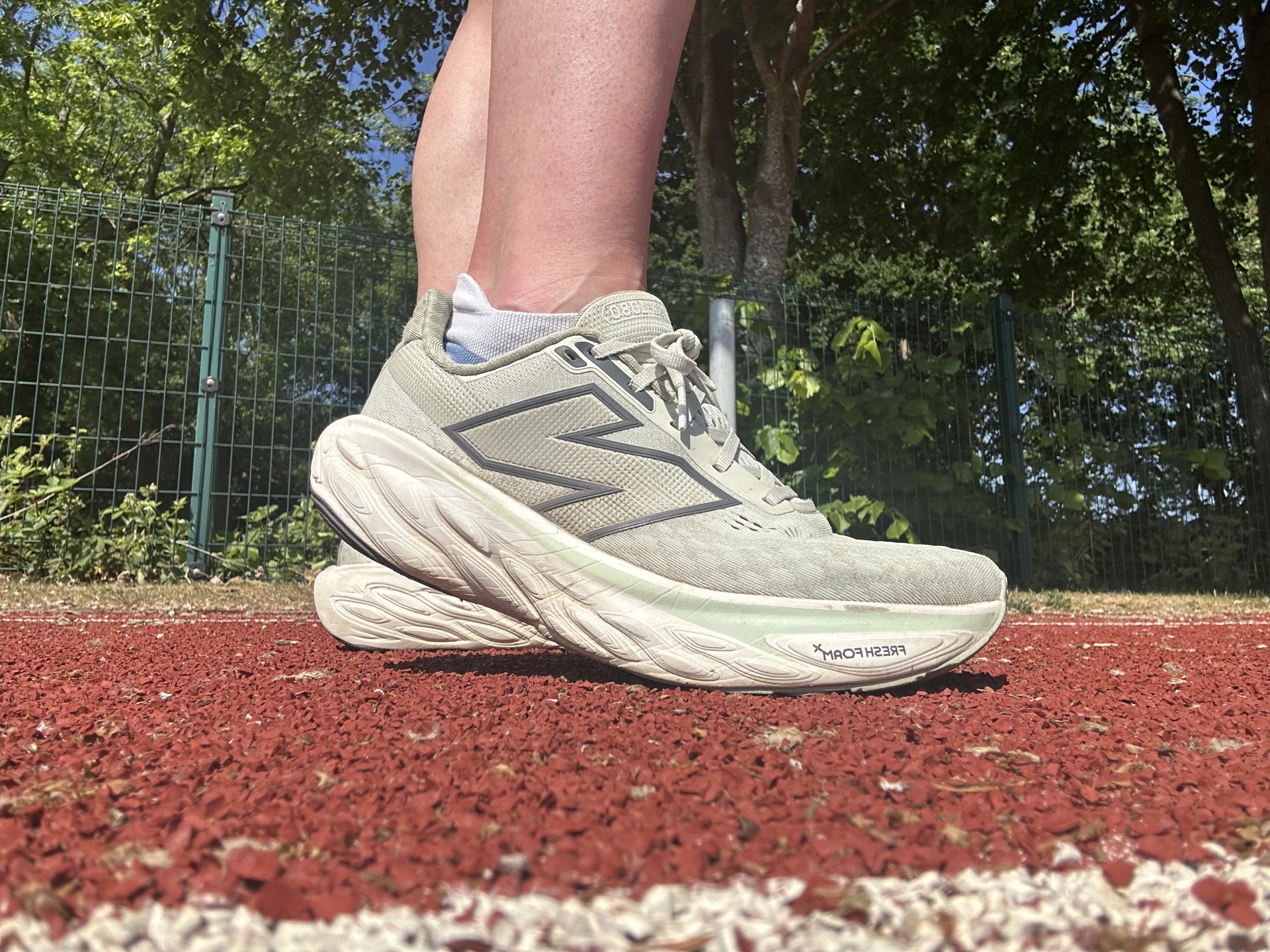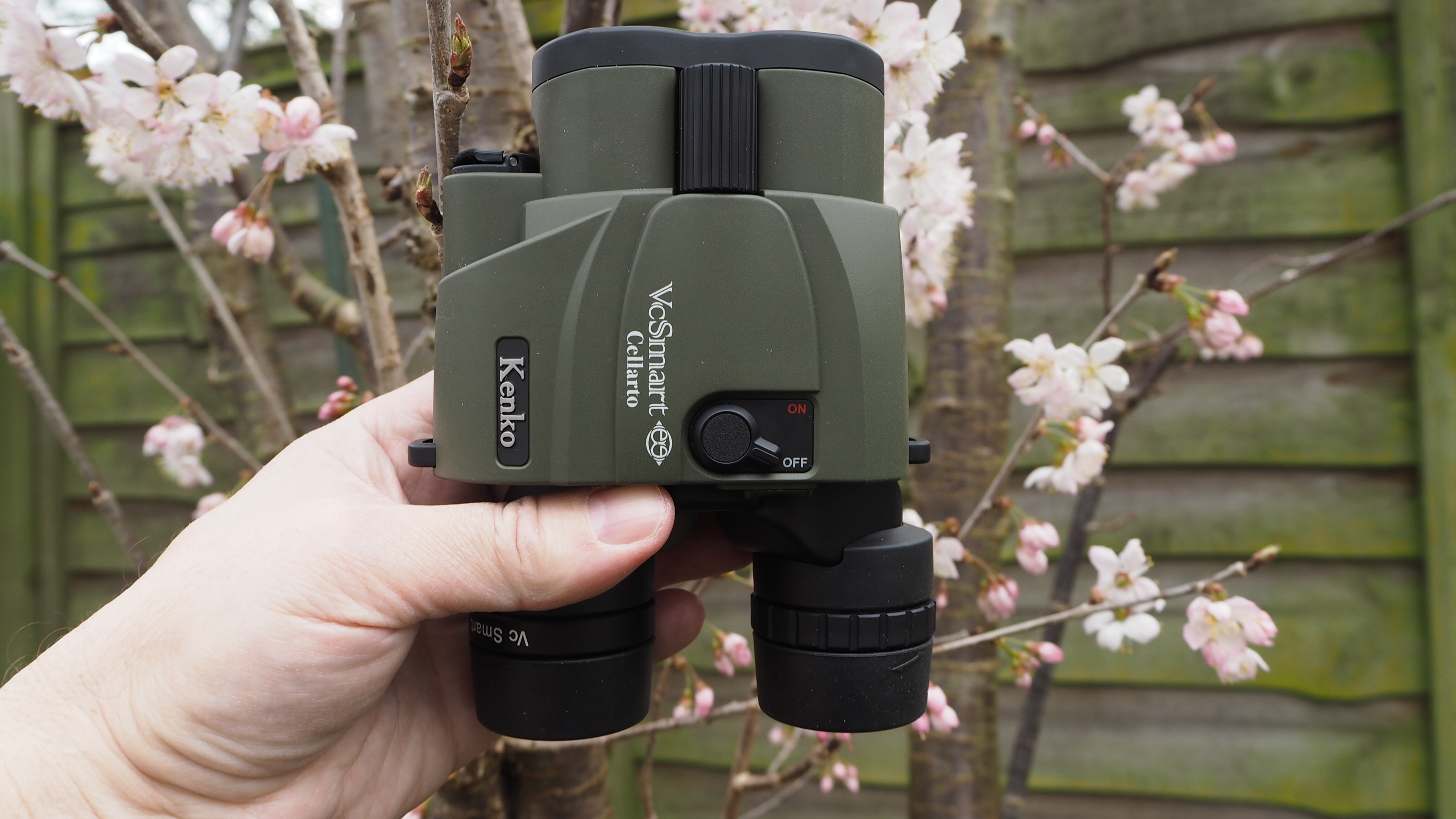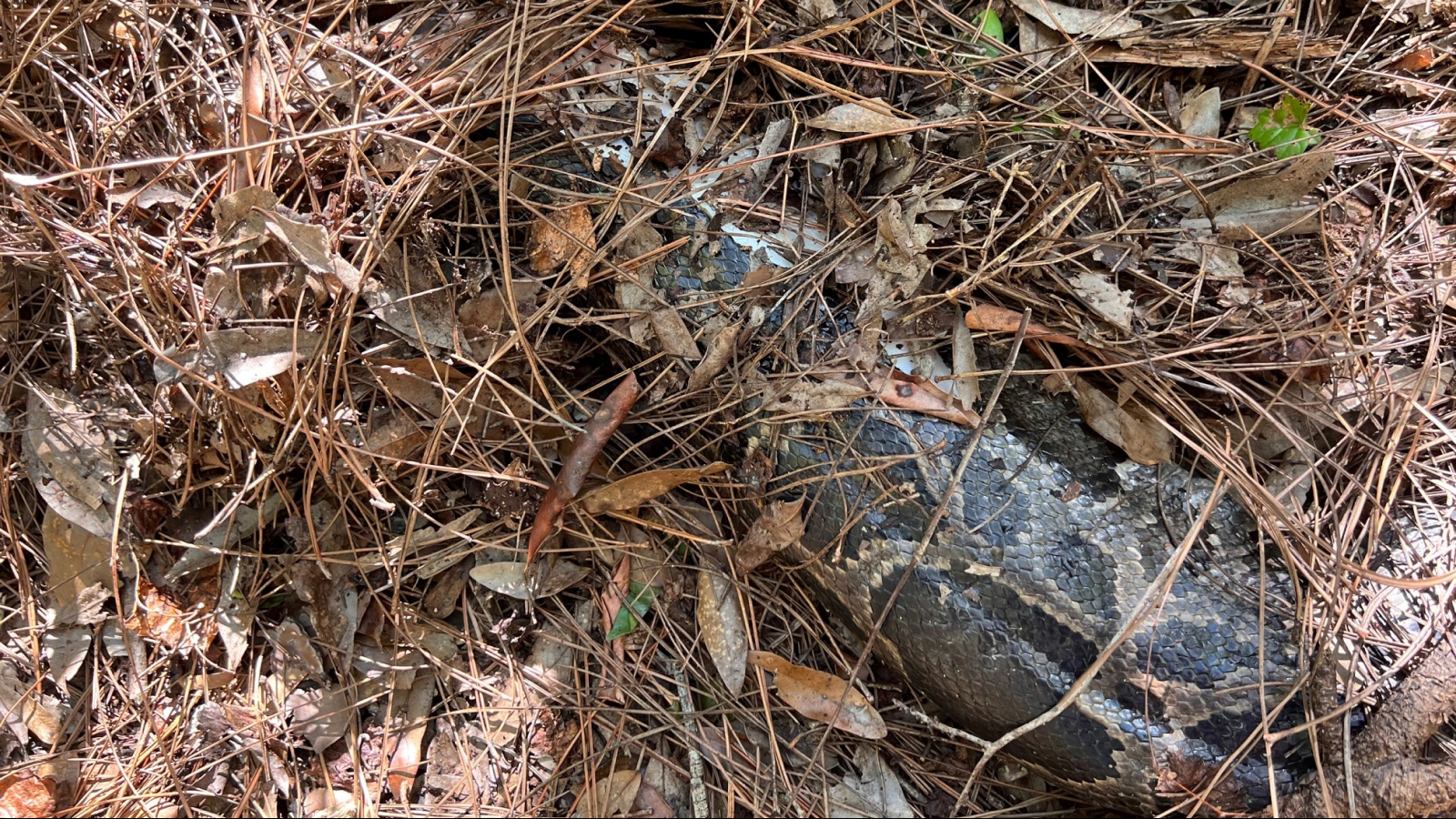The developing human brain gains billions of neurons while in the womb, and tacks on some more during childhood. For most of the 20th century, the conventional wisdom was that the brain cells grown before adulthood would be the only ones we would have for the rest of our lives. But over the past few decades, more and more research is challenging that belief.
So is it actually possible for adults to grow neurons? While some experts believe there’s strong evidence that we can gain brain cells after childhood, others are still skeptical of this notion.
The process of creating new brain cells is called neurogenesis. Researchers first observed neurogenesis after birth in lab animals of various ages, including mice, rats and songbirds. In adult mice, they found new neurons growing in parts of the brain collectively called the subventricular zone, an area closely linked with sense of smell, as well as in the hippocampus, a structure that’s central to memory.
Researchers think that neurogenesis in these brain regions is important for plasticity, or the brain’s ability to adapt and change over time. Plasticity underlies the ability to learn and form memories, for instance.
In mice, it’s clear that lifestyle factors such as living in a stimulating environment and exercising can promote the growth of new neurons. Conversely, in mouse models of diseases like Alzheimer’s, neurogenesis is hampered. What’s still up for debate is whether these findings extend beyond mice and other lab animals.
Neurogenesis in human adults?
“Most of our knowledge about adult neurogenesis came from studies in animal models,” Hongjun Song, a professor of neuroscience at the University of Pennsylvania Perelman School of Medicine, told Live Science in an email. “Whether such knowledge can be directly translated to human studies is a challenge.”
That’s because many of the studies that have established the existence of adult neurogenesis in animals used methods that aren’t possible in human studies, such as injecting radioactive tracer molecules into the brain. These methods enable scientists to visualize if and where new neurons are growing, but the tracers themselves can be toxic. These methods also require dissecting the brain after the animal has been euthanized.
“Unfortunately, there is no way to measure neurogenesis in the living person yet,” Gerd Kempermann, a professor of genomics of regeneration at the Center for Regenerative Therapies in Dresden, Germany, told Live Science in an email.
Related: Is there really a difference between male and female brains? Emerging science is revealing the answer.
There are, however, some rare cases in which scientists have been able to apply similar methods to track neurogenesis in humans. For example, the radioactive tracer molecules used in animal neurogenesis studies are also sometimes used by doctors to track tumor growth in patients with brain cancer. While these radioactive tracer molecules are too toxic to give to healthy people, their benefits outweigh their risks in patients who already have cancer.
Scientists behind a 1998 study published in the journal Nature Medicine used this approach and analyzed the brains of cancer patients after their deaths. They reported that, in addition to flagging cancer cells, the tracer molecules had marked new neurons in the hippocampus. This finding suggested that humans could grow new neurons well into adulthood, given the patients were 57 to 72 years old.
Later, a 2013 study in the journal Cell used a form of radiocarbon dating to look for new neurons in humans. Radiocarbon dating usually determines the age of a sample by comparing the relative proportion of two different forms of carbon, or carbon isotopes, called carbon-14 and carbon-12. But to study neurogenesis in humans, scientists instead looked at carbon-14 concentrations inside the DNA of cells.
Their approach took advantage of the fact that there was a spike in carbon-14 levels in the atmosphere caused by nuclear bomb tests in the 1950s and 1960s. People’s bodies absorbed this carbon-14 via their diets, and it became incorporated into their DNA. The amount of carbon-14 in a given cell corresponds to the isotope’s concentrations in the atmosphere at the time the cell formed, making it possible to roughly pinpoint the “birthday” of that cell — and determine whether it formed after its owner’s birth.
By analyzing postmortem brain tissue from people ages 19 to 92, this radiocarbon study identified newborn neurons in the adult hippocampus. But while compelling, the study’s methods were so complex that the results have never been replicated.
That said, there are also more indirect markers of neurogenesis, such as certain proteins that are only present in growing neurons. Using these methods, both Kempermann and other research groups have uncovered additional evidence of newborn neurons in the adult human brain.
“There are many different markers that are more or less specific for adult neurogenesis,” Kempermann said. “In tissue sections, one can study these markers under the microscope and look for patterns that are consistent with neuronal development.”
Not everyone is convinced
But some researchers aren’t convinced by this evidence. Arturo Alvarez-Buylla, a professor of neurological surgery at the University of California, San Francisco, has spent his career studying the growth of new neurons. While he’s observed new neurons being formed in children and adolescents, he’s found little evidence to support the notion of neurogenesis in adults.
Alvarez-Buylla believes there are a number of issues that may lead other researchers to find signs of neurogenesis in adult humans. For example, the chemical markers that some labs use to track new neurons may also show up in other cell types, such as glia, which are cells in the brain that support neurons’ function in various ways. This may make it appear that new neurons are growing when they’re actually not.
He’s also skeptical of the use of carbon-14 dating for this purpose, calling it “creative” but arguing that researchers can’t confirm that the new cells are neurons, or if there could be other potential reasons for varying carbon-14 levels in cells.
But Alvarez-Buylla isn’t ruling out the possibility of human adult neurogenesis; he’s only saying that — so far — the evidence hasn’t convinced him. “I would say that is a rare phenomenon,” said Alvarez-Buylla. “If it happens, it’s very, very few cells.”
Kempermann, on the other hand, is a firm believer that people can grow new neurons well into adulthood. “The positive reports outnumber the critical papers by far, their take is much wider, and their quality is overall higher.”
The researchers said that understanding whether adult neurogenesis exists will continue to be a key question for the field of neuroscience.
“The question about whether adults can grow new neurons has tremendous implications for the plasticity of the adult brain,” Song said. If new neurons can be grown and integrated into the brain, he explained, those mechanisms could form the basis for new therapies for a variety of conditions, including brain injuries and neurodegenerative disorders.
Alvarez-Buylla said that even if he doesn’t believe neurogenesis happens frequently in adults, it may nonetheless be possible to harness the mechanisms used by animals to grow new neurons for human therapies.
“The whole idea that it can happen opens a huge door for repair,” he said. “I hope that we can keep our plasticity open to things going either way.”
Brain quiz: Test your knowledge of the most complex organ in the body





